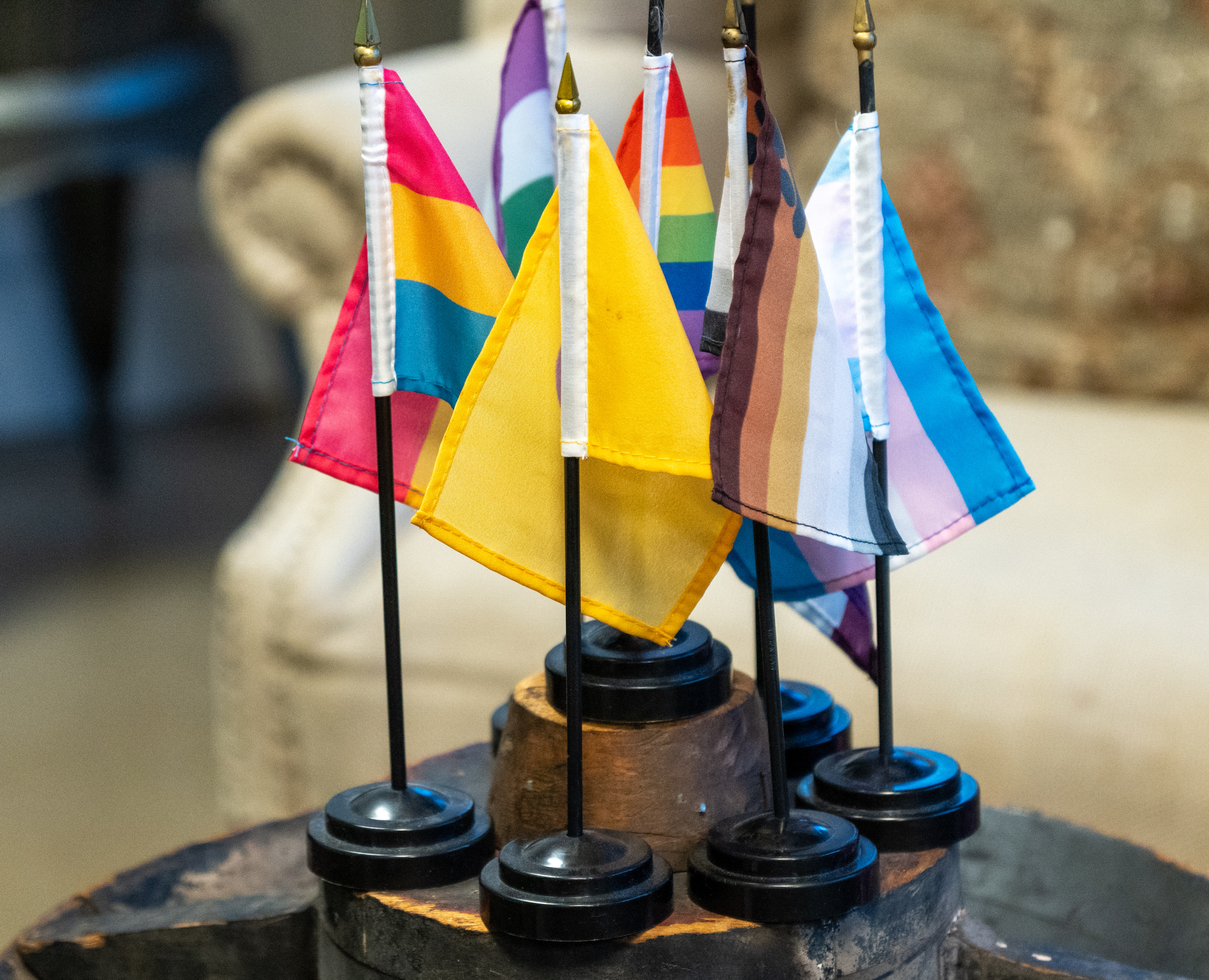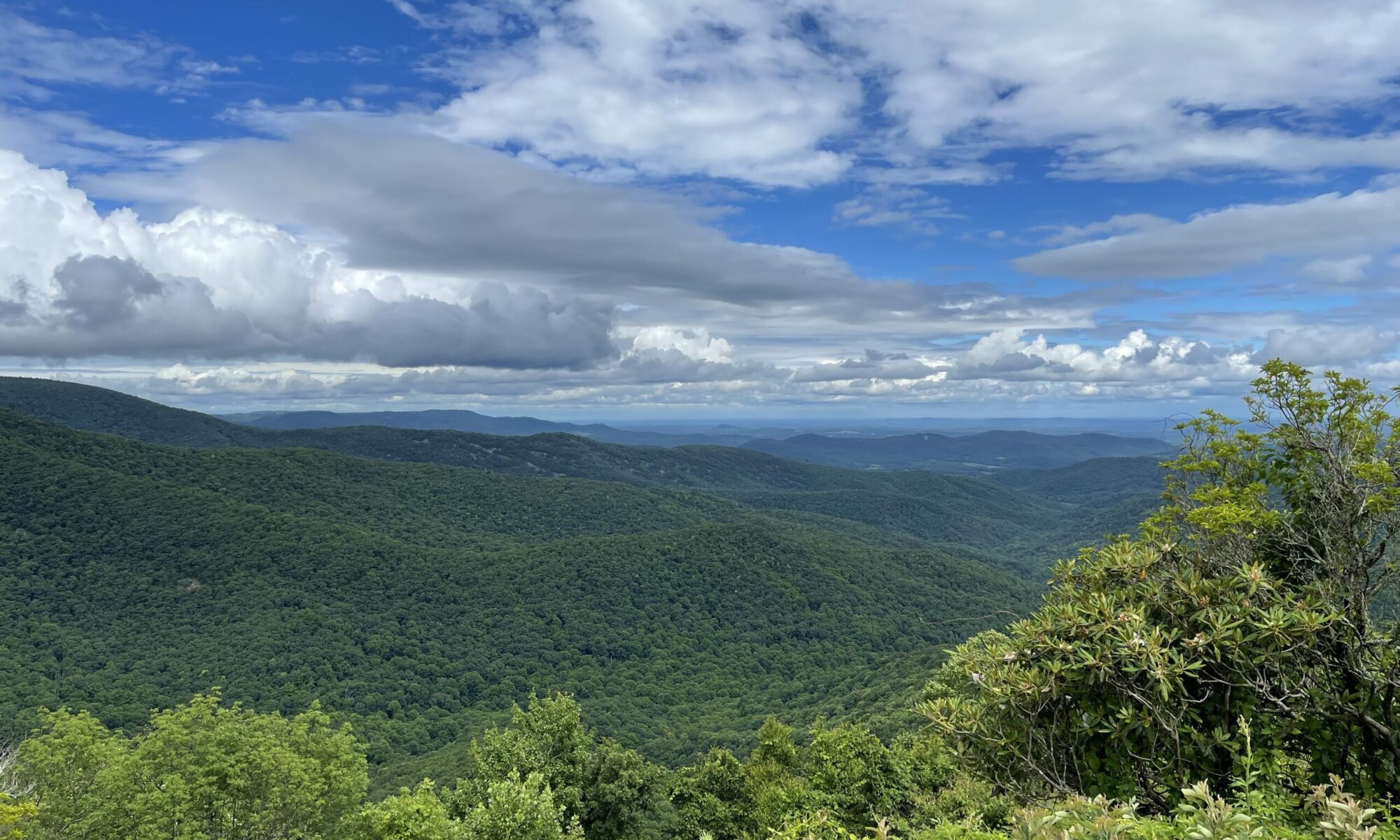
Its muddling of terms is a real mess
The Economist
Until recently the term “conversion therapy” was used to refer to the barbaric and pointless practice of trying to turn a gay person straight. Of late it has been widened to include talking therapy that explores why a person’s gender identity is at odds with their biological sex. President Joe Biden used that broader meaning in an executive order “advancing equality for LGBTQI+ Individuals”, on June 15th. The order is designed to tackle discrimination suffered by “LGBTQI+” young people, which is laudable. But it refers to them as a single group (offering no definition of “queer” or “intersex”), which raises problems. It describes conversion therapy as “a discredited practice that research indicates can cause significant harm”, yet fails to specify what it means when applied to trans-identifying children. Some therapists who work with children with gender dysphoria worry that this could be interpreted to mean therapists should not investigate why someone feels distressed about their biological sex. This is not the same as trying to convince someone they are not gay. Sexual orientation and gender identity are different. Sexual orientation tends to be innate and fixed; gender identity can be nebulous and changeable. It also, increasingly, prompts medical interventions that can have irreversible, harmful effects. It has long been held that people with gender dysphoria should have therapy before drugs. [Source: The Economist]
Clinicians and counselors will lose their jobs because of this confused embrace. Or they will decide to forgo doing a thorough job. Either way, their patients suffer.
I repeat what I said in an earlier post. Who is the Conversion Therapist?
Is it the one who is trying to help a person align their thoughts and feelings with the body they were given at birth or the professional who disregards the body and proposes irreversible radical surgeries combined with life-long hormone treatments in hopes of aligning the outer body with a patient’s inner desires?
Full post:
Another relevant post.
+++

